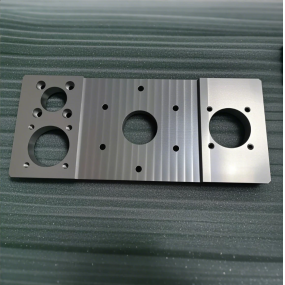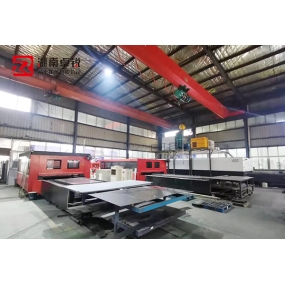The craftsmanship of a bent part refers to the adaptability of the bent part to the stamping process, that is, whether the structural shape, size, accuracy requirements, and materials used in the bent part meet the processing requirements of the stamping process.
Generally speaking, bending parts with excellent craftsmanship can ensure that the material consumption is small, the number of processes is small, the mold structure is simple, the product quality is stable, the cost is low, and the technical preparation work and production organization are economical and reasonable; In the process design, the first analysis of the craftsmanship of the bending parts is to lay the foundation for the formulation of the process program.  The craftsmanship of bending parts mainly includes the following two aspects:
The craftsmanship of bending parts mainly includes the following two aspects:
1. Conduct a process review of the stamping product drawing, and carefully analyze and study the shape characteristics, size, and accuracy requirements of the bending parts according to the product drawings. The mechanical properties, process properties, and performance of the materials used may cause springback, warping, crooked, and slack, so as to understand their impact on the difficulty of stamping processing. When analyzing the product drawing, special attention should also be paid to the limit dimensions of the parts (such as the minimum punching scale, the minimum narrow groove width, the minimum hole distance and hole edge distance, the minimum bending radius, the minimum drawing fillet radius, etc.), scale tolerances, design benchmarks, and other special requirements.
2. If it is found that the workmanship of the bending parts is poor, the product designer should work with the product designer to make appropriate corrections to the shape, size, accuracy requirements, and even the selection of raw materials of the bending parts without affecting the use of the product. If necessary, the product design part should be recommended to be redesigned from scratch.
This article is from EMAR Mold Co., Ltd. For more EMAR related information, please click: www.sjt-ic.com,


 English
English Spanish
Spanish Arabic
Arabic French
French Portuguese
Portuguese Belarusian
Belarusian Japanese
Japanese Russian
Russian Malay
Malay Icelandic
Icelandic Bulgarian
Bulgarian Azerbaijani
Azerbaijani Estonian
Estonian Irish
Irish Polish
Polish Persian
Persian Boolean
Boolean Danish
Danish German
German Filipino
Filipino Finnish
Finnish Dutch
Dutch Galician
Galician Catalan
Catalan Czech
Czech Croatian
Croatian Latin
Latin Latvian
Latvian Romanian
Romanian Maltese
Maltese Macedonian
Macedonian Norwegian
Norwegian Swedish
Swedish Serbian
Serbian Slovak
Slovak Slovenian
Slovenian Swahili
Swahili Thai
Thai Turkish
Turkish Welsh
Welsh Urdu
Urdu Ukrainian
Ukrainian Greek
Greek Hungarian
Hungarian Italian
Italian Yiddish
Yiddish Indonesian
Indonesian Vietnamese
Vietnamese Haitian Creole
Haitian Creole Spanish Basque
Spanish Basque











